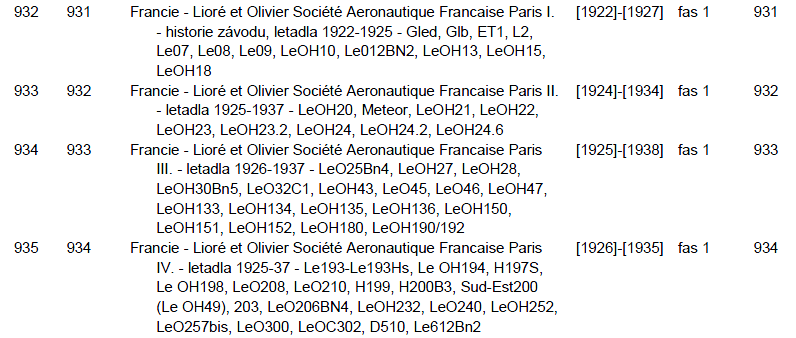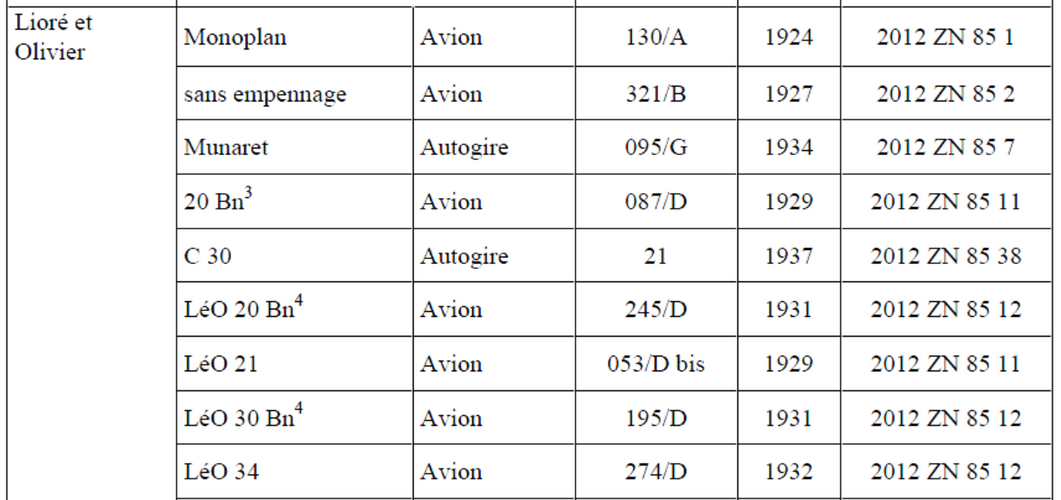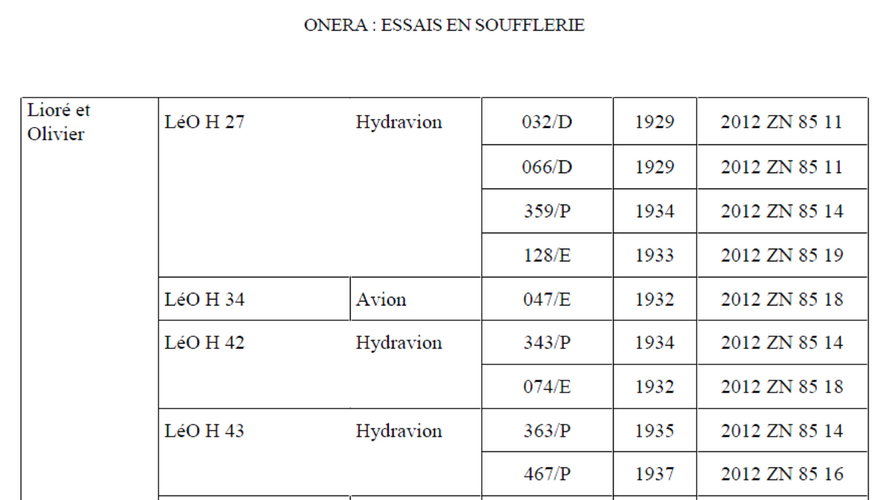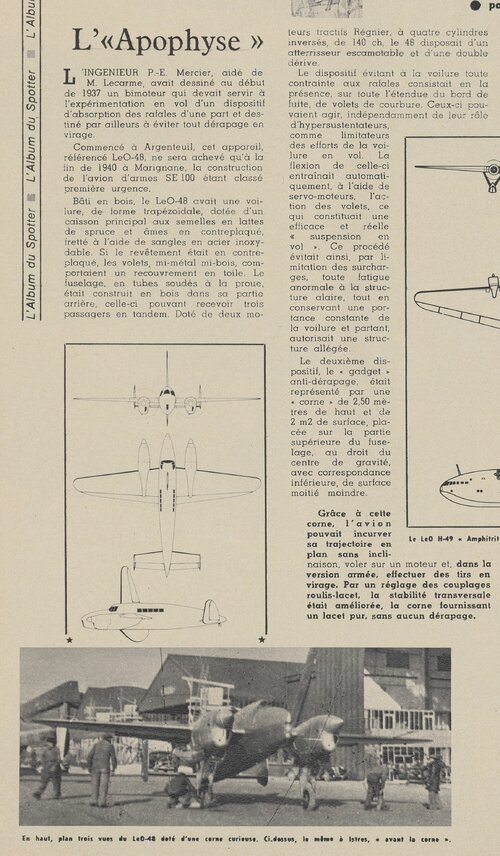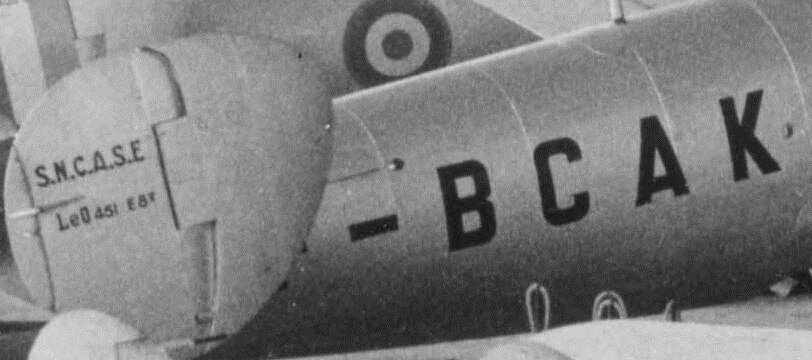- Joined
- 26 May 2006
- Messages
- 34,869
- Reaction score
- 15,733
From Czech National Technic Museum,
LeO H-28 was a seaplane Project
LeO 32 C.1 was a single seat fighter Project
Wrong: the LeO 32 was a 54-seat transport aircraft project (1929).
Of course I believe you,but in Czech museum,may they was meant LeO-33
and NOT LeO-32 ?!.
Also please I want to ask about LeO 32 transport project,and if it was intended
for military or just for civil ?,again for LeO H-245,and if it was designed as a
military aircraft or not ?,you know I seek about military aircraft.

